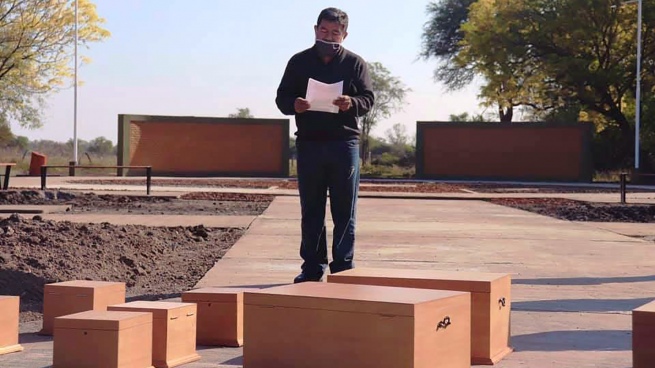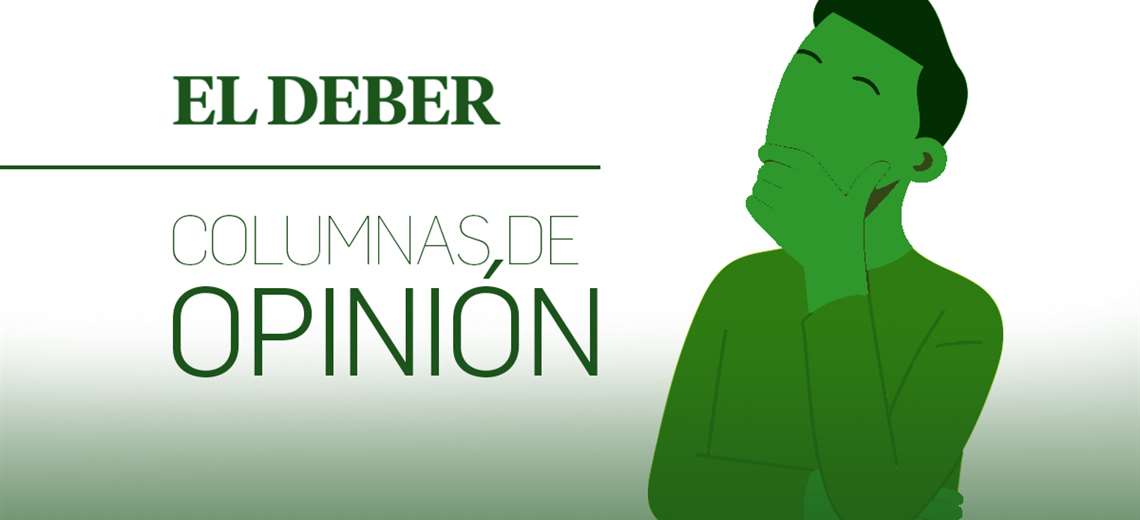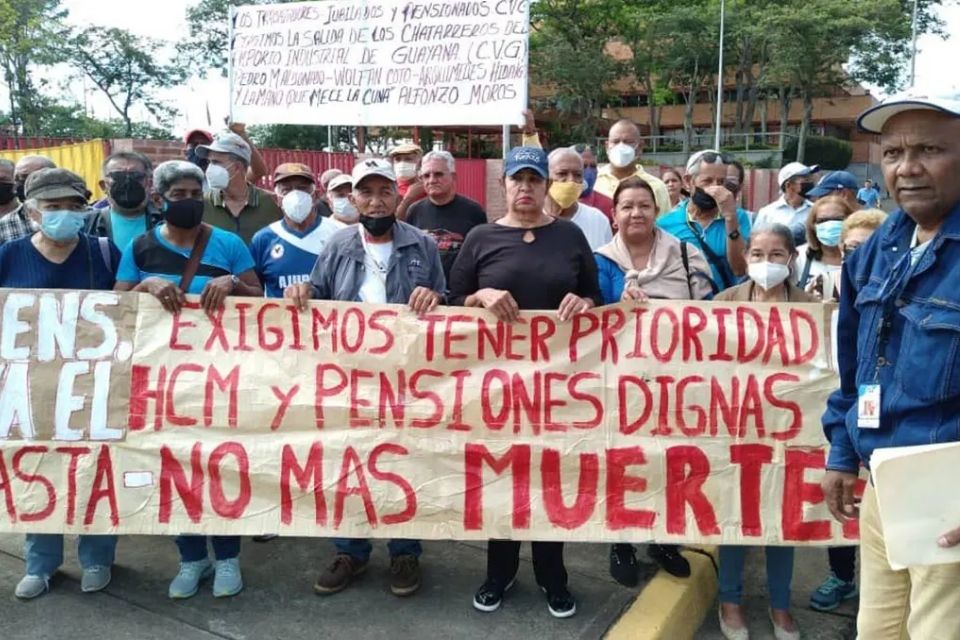The National Institute of Indigenous Affairs (INAI) declared this Friday “sacred sites” to the nine burial sites where the Qom and Moqoi warriors who were returned to Napalpí in 2018, in the province of Chaco, were buried, in “the first act of reparation” towards these communities after the trial for the “Napalpí Massacre”.
The The INAI president, Magdalena Odarda, told Télam that this is “the first act of reparation towards the original communities,” something that was also contemplated in the ruling of the Trial for the Truth of May 19 last.
“This resolution constitutes by itself a form of symbolic reparation towards the Qom and Moqoit communities”highlights the INAI resolution signed this Friday by Odarda to which Télam agreed
For his part, the INAI anthropologist, Fernando Pepe Tessaro, explained that “the ruling speaks of crime against humanity within the framework of the indigenous genocide and clearly the nine Qom and Moqoit warriors who died fighting against the army or the police and that we restitute are clearly the victims of the genocide that framed the Napalpí Massacre”.
Among the returned men is the young man called “Pichón”, shot at the age of 24 in 1887; the cacique “León”, killed in 1887 by the troops and a Qom NN shot in 1886 in Resistencia. There are also “Petizo”, shot in 1886 in Resistencia and the Cacique “Löwöreraik” (El Quemado), assassinated by the commissioner of that same city in 1887.
“Paradoxically, these shot and murdered warriors were buried in the Napalpí crime scene, which means place of the dead, transforming it into a Site of Memory and a sacred place for the communities,” Tessaro said.
He confirmed that the resolution also contemplates the declaration of sacred sites for the burials of the ancestors of the Qom and Wichí families residing in the area called ‘10,000 hectares’, in the Chaco town of Miraflores.
They were buried in community cemeteries “and are today in danger due to the advance of the urban on the ancestral territory and due to the lack of attention by the municipal state.”
about the massacre
The Napalpí Massacre was a massacre committed by a force of more than one hundred men from the National Police of Territories, in which more than half a thousand people of the Qom, Moqoit ethnic groups were murdered at the hands of the police, the Gendarmerie and landowners in the area.
The act was committed on July 19, 1924 in the El Aguará area, near the Napalpí aboriginal reduction, located in the then national territory of Chaco.
In the recent “Trial for the Truth” the justice today considered “proven” that the State was responsible for crimes against humanity against indigenous communities for these acts.










